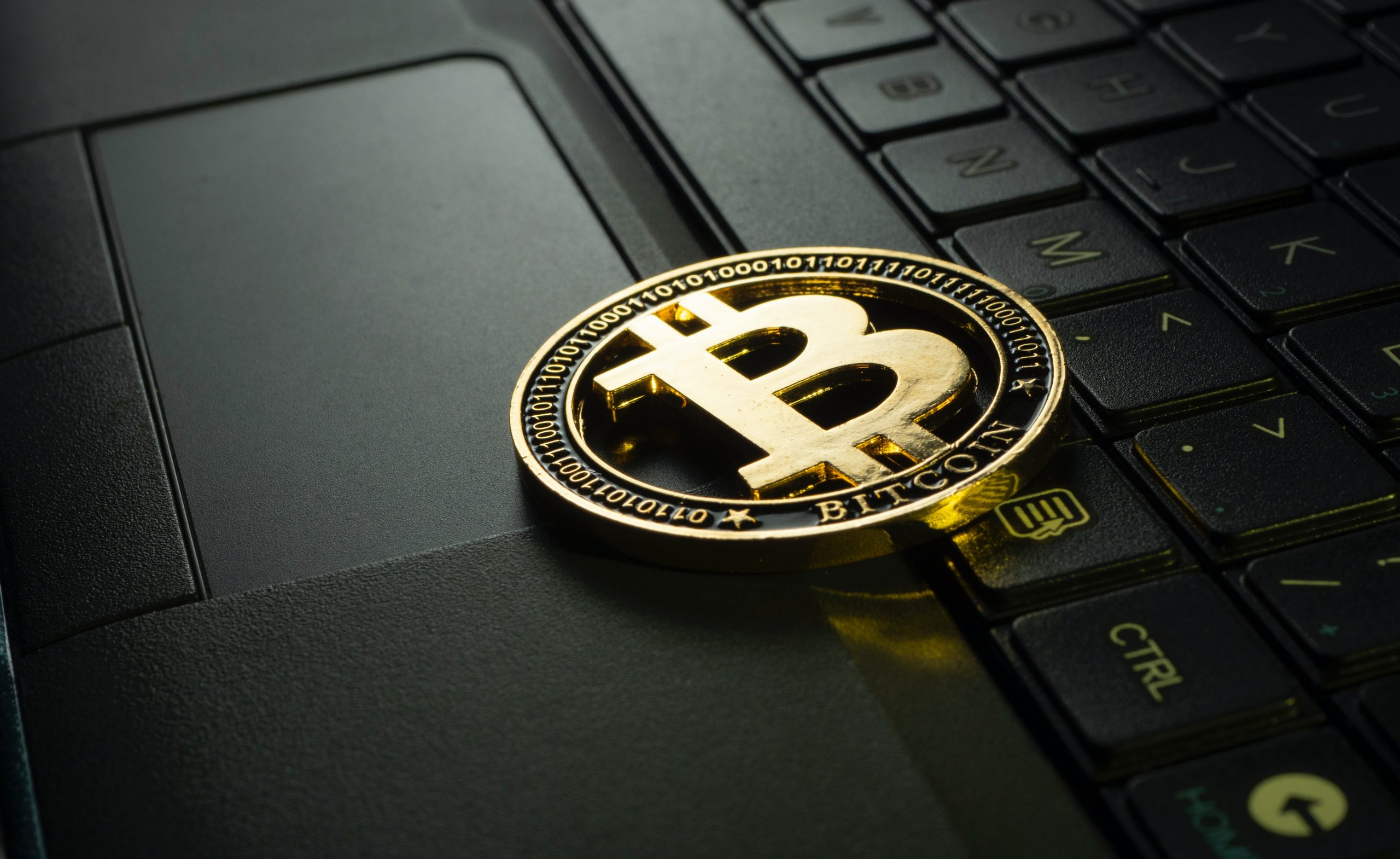Back in May 2010, computer programmer, Laszlo Hanyecz, felt peckish and decided to order two Papa John’s pizzas. Seeing that he had plenty of bitcoin in his account, he agreed to pay the pizza joint 10,000 BTC (equivalent to $25 at the time), to deliver the two pies.
During those early days, the price of individual coins was less than a single cent, so the incentive to mine coins at scale remained low. However, as the dollar price rose, more high-performance computer owners started showing an interest. Over the following months, BTC’s value rose, hitting 8 cents per coin in July and then 10 cents in October.
GPU Mining
When BTC’s pseudonymous creator, Satoshi Nakamoto, first created BTC, he did not use a dedicated mining chip. Instead, he mined bitcoins on his personal computer’s CPU. Other early adopters did the same. Back then, mining competition was low, so anyone could join the Bitcoin network and start operations from their bedrooms.
By October 2010, however, the community made a technological leap forward. It saw that graphics processing units (GPUs) were more efficient than CPUs, a consequence of their basic architecture. GPUs were originally built to perform the parallel computations required by three-dimensional video games, instead of in series, like a conventional CPU. By chance, miners saw that they could leverage this to produce Bitcoin blocks up to six times more efficiently.
FPGA Mining
However, that wasn’t the end of the story. In 2011, field-programmable gate arrays, another type of chip, were redesigned for Bitcoin mining, far outstripping the fastest GPUs of the time. They performed the required mathematical calculations at double the efficiency of their predecessors.
ASIC Mining
From that point onwards, innovations continued apace. In 2013, Canaan Creative, a China-based computer hardware manufacturer, released the world’s first application-specific integrated circuit (ASICs) for Bitcoin, increasing mining efficiency even further. Its chips were specifically designed for Bitcoin mining applications, eliminating the slow-down seen on general-purpose computers.
Canaan Creative’s debut ASIC used 130 nm transistors. However, following numerous die shrinks, they are now sub-7nm, making them faster and substantially more energy-efficient than their predecessors. Estimates suggest that ASICs can mine Bitcoin 100 billion times faster than the CPU Satoshi Nakamoto used in 2009.
The Future Of Bitcoin Mining
The question now is how much further things can improve? With the supply of Bitcoin dwindling and the challenge of minting new coins growing all the time, community members are looking for the next leap in technology, one that is similar to the move from FPGAs to ASICs or from CPUs to GPUs.
Chips will soon hit physical limits where quantum effects make further die miniaturization futile. Thanks to our strategic partnerships with vendors such as Canaan.io, Mawson is perfectly positioned to continue to “scale-on-demand” as the asset class value increases while smaller-scare mining operations.
